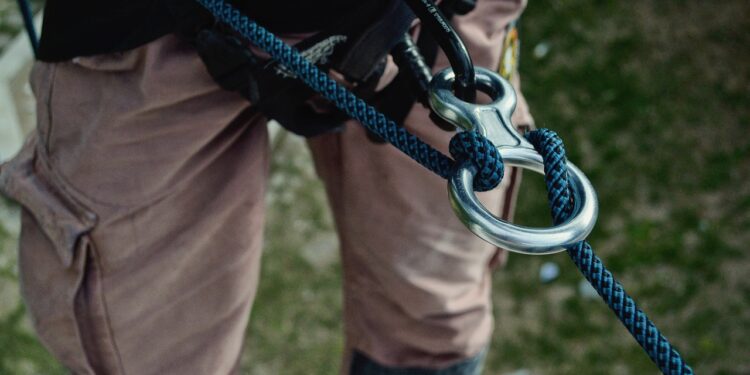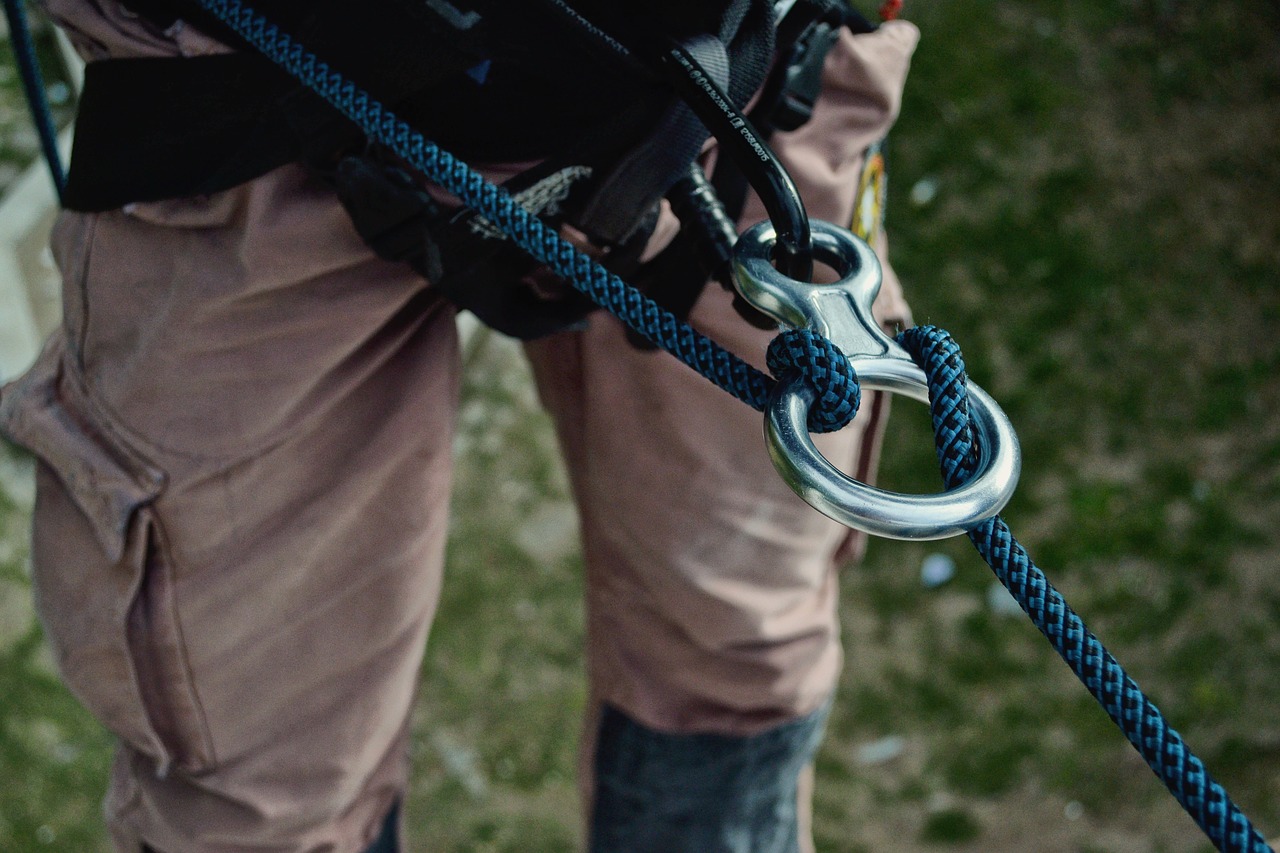Types of Safety Harnesses: Finding the Best Fit for Your Industry

 Harnesses are a liability when used incorrectly, especially in high-risk environments. Employees working at heights, close to machines, or with hazardous substances require gear designed to support their work. Brands like Portwest workwear offer a wide variety of protective clothing as well as ergonomic and functional safety harnesses. Being aware of the type to select and the reasons behind it can significantly enhance the level of safety and comfort of the wearer in the long-term perspective.
Harnesses are a liability when used incorrectly, especially in high-risk environments. Employees working at heights, close to machines, or with hazardous substances require gear designed to support their work. Brands like Portwest workwear offer a wide variety of protective clothing as well as ergonomic and functional safety harnesses. Being aware of the type to select and the reasons behind it can significantly enhance the level of safety and comfort of the wearer in the long-term perspective.
Table of Contents
Full-Body Harnesses for Height-Based Roles
High working places present an imminent threat, and full-body harnesses are a necessity in fall arrest cases. The pressure is spread across the chest, shoulders, thighs, and pelvis in the event of a fall, and the designs are aimed at minimising injury. This format is most useful to roofers, telecom engineers, and scaffolders, especially in cases where they need to move over uneven surfaces.
Seek out harnesses with dorsal D-rings, quick-release buckles and breathable padding. Adaptable to various body shapes: adjustable straps allow for a personalised fit, enhancing mobility, stability, and reducing fatigue.
Construction-Specific Configurations
The terrain at construction sites is seldom flat. Employees frequently switch between ladders, platforms, and frameworks, and they need multi-point harnesses with additional lanyard attachments. They can be connected to horizontal lifelines or twin-leg fall arrest systems.
The harnesses used in this industry are typically made of tool loops, high-visibility webbing, and shock-absorbing lanyards. The harness allows for free movement and safe anchoring, and does not inhibit productivity by causing injuries.
Manufacturing Environments and Work Restraint
The threats in factories and assembly plants are also different; they can be entanglement in the machinery or slippery floors. The work restraint harnesses do not allow access to the danger area at all, unlike catching a fall once it has started. Such harnesses typically have front attachment points and fixed-length lanyards.
They are not as bulky as fall arrest systems and are therefore suitable for use in enclosed or repetitive work environments. Combined with anti-static or flame-retardant workwear, it can meet the broader safety needs of chemical or electronics production.
Transportation and Logistics Safety Gear
There are height hazards posed by loading docks, large vehicle cabs, and freight depots, which are usually underrated. Employees who are loading cargo or stabilising freight might not believe it is necessary to have fall protection, that is, until they take a wrong step. Front-mounted anchors on low-profile harnesses are best suited to logistics professionals.
Harnesses with few snag points minimise the chance of getting snagged on the edges of trailers or machines. The designs and structures are lightweight and highly mobile, enabling lifting and turning without bulkiness, thereby maintaining uninterrupted workflow.
Rescue and Suspension Work
Not every harness is fall-only. During rescue or confined-space work, it can take a considerable amount of time to be suspended. Suspension harnesses are designed to support the body when hanging for extended periods, featuring reinforced leg straps and lumbar support that help alleviate circulation issues.
They can include several D-rings to ascend or descend vertically or horizontally and can be used with tripods, winches or rescue lines. Workers in utilities, emergency response and sewer maintenance often use these configurations.
Key Features That Impact Performance
Not all harnesses are fall-only. It may be suspended for an extended period during rescue or confined-space work. Suspension harnesses are designed to support the body when hanging for extended periods, featuring strengthened leg straps and lumbar support that help reduce circulation issues.
They may have multiple D-rings to allow for vertical or horizontal ascending or descending, and may be used with tripods, winches, or rescue lines. Workers in utilities, emergency response and sewer maintenance often use these configurations.
Fit the Gear to the Job, Not the Other Way Around
Harnesses do not offer a universal approach. Every industry is unique, and employees should have equipment tailored to the specific needs of their work. When choosing fall arrest systems for use in construction or restraint harnesses for plant workers, it is essential to make informed decisions to prevent accidents and increase confidence in the field. Add that to long-lasting workwear, and you have a workforce that is both safe and efficient, without sacrificing anything.






